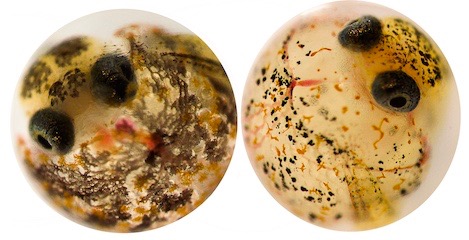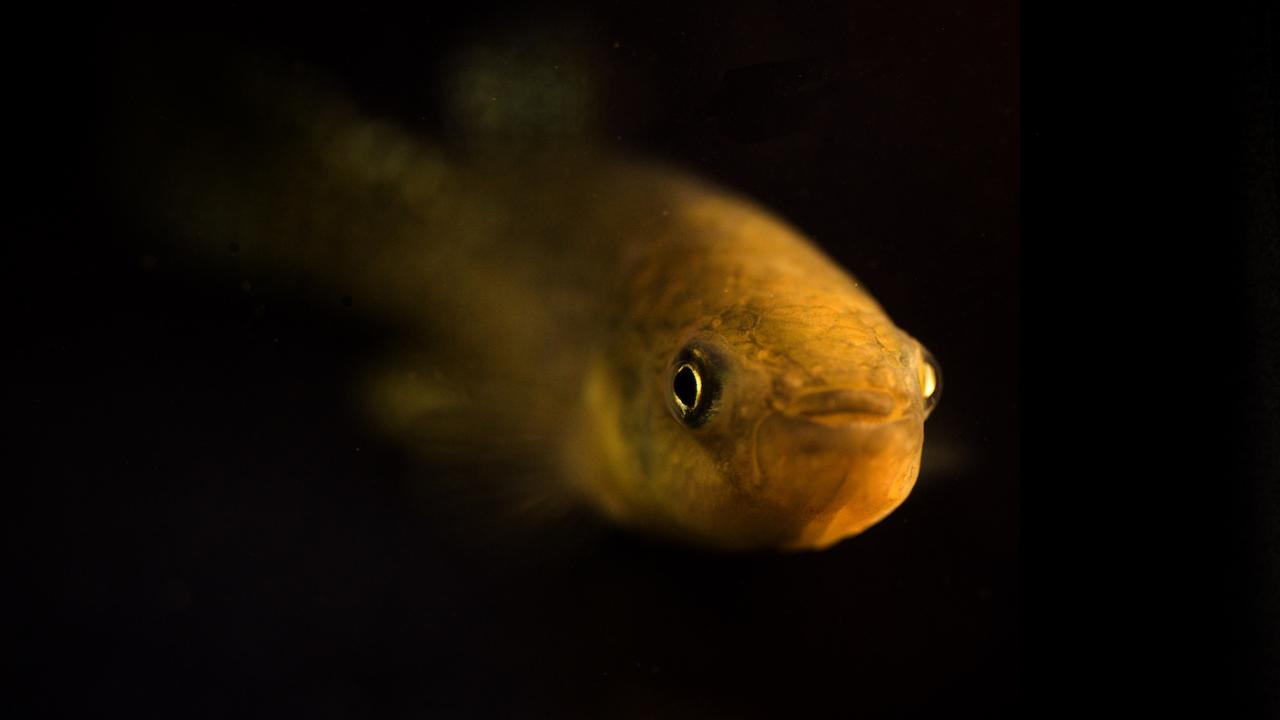The combination of a big population, good genes and luck helps explain how a species of fish in Texas’ Houston Ship Channel was able to adapt to what normally would be lethal levels of toxins for most other species, according to a study to be published May 3 in the journal Science.
The exceptional survivor story of the Gulf killifish was one scientists at the University of California, Davis, Baylor University and their co-authoring colleagues wanted to unveil so they could learn more about what other species may need to adapt to drastically changed environments.
The minnowlike Gulf killifish are an important part of the food web for a number of larger fish species in coastal marsh habitats.
“Most species don’t survive radically altered environments,” said corresponding author Andrew Whitehead, a UC Davis professor of environmental toxicology. “By studying the survivors, we get insight into what it takes to be successful. In the case of the killifish, it came down to huge population sizes and luck.”
Surprise guest
The researchers sequenced the genomes of hundreds of Gulf killifish living across a spectrum of toxicity — from clean water, moderately polluted water and very polluted water. They were searching for the footprints of natural selection that allowed the species to rapidly transition from a fish that is highly sensitive to pollution to one extremely resistant to it.

They were surprised to find that the adaptive DNA that rescued this Gulf Coast species came from an Atlantic Coast species of killifish, which has also been known to rapidly evolve high levels of pollution resistance. But Atlantic Coast killifish live at least 1,500 miles from their Houston brethren, leaving researchers to think their transport to the Gulf was likely an accident initiated by humans.
Nonnative species can wreak environmental havoc on native species and habitats. But in this case, their arrival in the 1970s — right at a moment when Gulf killifish were likely beginning to decline — amounted to an “evolutionary rescue” from pollution for the Gulf killifish.
“While the vast majority of research on invasive species rightly focuses on the environmental damage they can cause, this research shows that under rare circumstances they can also contribute valuable genetic variation to a closely related native species, thus acting as a mechanism of evolutionary rescue,” said co-corresponding author Cole Matson, an associate professor at Baylor University.
A cautionary tale
Gulf killifish began with many advantages other species do not have. Species with large populations can harbor high levels of genetic diversity that can help them adapt to rapid change. Gulf killifish already had among the highest levels of genetic diversity of any species with a backbone. Then, at the moment its population was beginning to decline, a long-distant relative — the Atlantic Coast killifish — came to visit, was able to successfully mate, and injected the Gulf species with genetic resources that helped it develop resilience and resistance to toxins. Whitehead is quick to note that not all species are so lucky.
“The adaptation of these killifish is a cautionary tale,” Whitehead said. “It tells us what we need to do better for the vast majority of species that don’t have access to the kind of genetic resources killifish have. If we care about preserving biodiversity, we can’t expect evolution to be the solution. We need to reduce how much and how quickly we’re changing the environment so that species can keep up.”

Natural connections
Humans are not only radically changing the environment, we are also fragmenting it, making it harder for animals to move throughout their range. Whitehead said a key lesson from killifish is the importance of keeping the doors to genetic diversity open. This includes connecting and preserving landscapes to allow for genetic variation to move more freely and naturally. That could help set the stage for more evolutionary “rescues” in the rapidly changing future.
Additional co-authoring institutions include the University of Connecticut and Indiana University.
The work was supported by funding from a C. Gus Glasscock Endowed Research Fellowship, Baylor University, the Exxon-Valdez Oil Spill Trustees Council, National Science Foundation, National Institutes of Environmental Health Sciences and Indiana University.
Media Resources
Andrew Whitehead, Environmental Toxicology, 530-754-8982, awhitehead@ucdavis.edu
Kat Kerlin, News and Media Relations, 530-750-9195, kekerlin@ucdavis.edu
